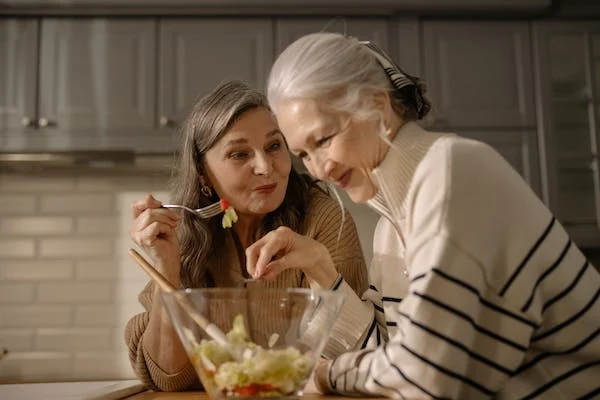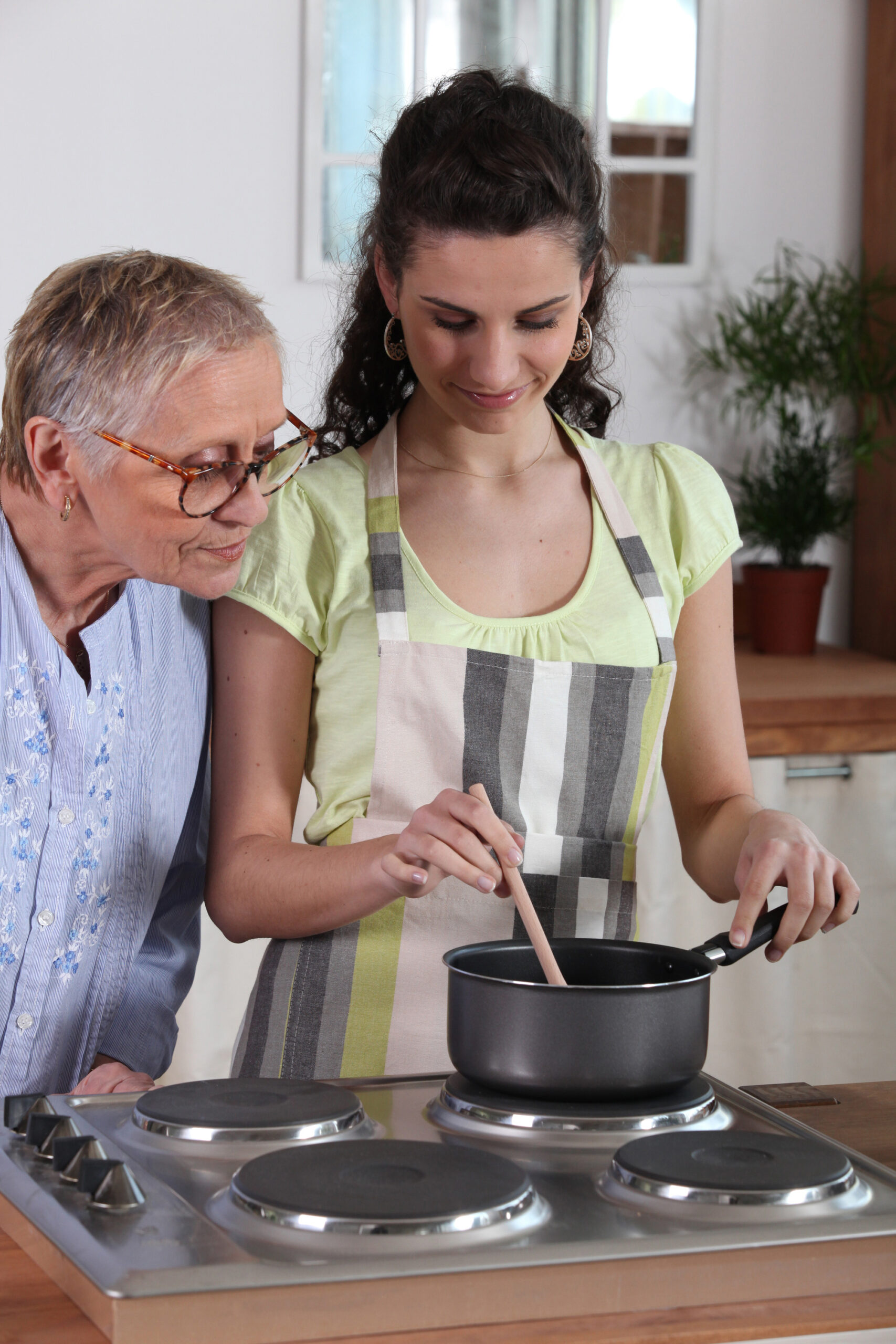Author: Tracie Johnson Photo from Pexels
Stroke is the leading cause of permanent disability and the third leading cause of death for senior citizens over 55. Quick action in the earliest stages of a stroke can reduce the risk of long-term, permanent damage. Your risk of stroke goes up if you have high blood pressure, are diabetic, or suffer from heart disease.
Act Quickly When Signs of a Stroke Appear
Strokes can be caused by a clot, which cuts off oxygen to brain tissue. They can also be caused by a burst blood vessel that bleeds into the brain.
Knowing the signs and symptoms of a stroke can help you be prepared to take action. If you are concerned that someone is having a stroke, act quickly. Use the acronym FAST to help you look for the following
- Facial drooping. Ask them to smile widely and look for drooping on one side from eye to jawline
- Arm weakness. Have them lift and hold their arms overhead and watch for arm drift
- Speech difficulty. Ask them to repeat a sentence back to you
- Time to call 911. The longer brain tissue is left starved of oxygen, the more damage will occur
In addition to these symptoms, women may feel extreme weakness or nausea before and during a stroke. Modern stroke treatment can occur in the ambulance in some cases. Get your patient in the care of medical professionals immediately.
Start Rehab Work Quickly
Damaged brain tissue may make movement and speech difficult immediately after a stroke. Therapies, including speech, physical and occupational therapy to build new pathways in the brain can help a stroke sufferer begin the recovery process quickly.
It’s critically important that those close to the stroke survivor understand that simple acts can look like therapy. A stroke survivor may be given cold foods to improve tongue dexterity and strength. Ice cream can be part of speech therapy. Aiding and encouraging stroke survivors to walk, feed themselves or wash with a cloth can all contribute to their eventual independence.
Communication is Key
The damage caused by a stroke, worry about loss of independence and financial concerns can contribute to anxiety and depression. Often, stroke survivors can become quite isolated, especially if their language skills are severely impaired.
When caring for and supporting a senior patient recovering from a stroke, offer time for communication. Those struggling with aphasia may struggle to keep speaking; the thought that forms may not match what comes out of their mouth. However, they must keep trying. Recovery may take months. Make sure to keep encouraging them.
Consider Temporary Care
Following a stroke, many people will do better in temporary care. Physical rehab can help a stroke survivor relearn hygiene skills including bathing and dressing. Feeding themselves, preparing meals, and doing other housework can also be part of the physical rehab program. The goal is to regain as much independence as possible.
Temporary care can also include occupational therapy. OT can include
- Handcrafts for dexterity and fine motor control
- Cards and games for new ways of thinking and problem-solving
- Memory activities and music therapy for building community and maintaining a healthy spirit
Rehab can be in-patient or out-patient. If a stroke survivor stops coming to rehab, it’s important for patients to have a support system of family and friends. Improvements following a stroke can be quite tiresome and frustrating; the patient may need more support and encouragement from their loved ones.
Make Their Home Safe
Before a stroke survivor goes home, the space will need to be re-assessed. If the patient needs a cane, stairs and other impediments will need to be managed. Rugs will need to be secured or removed. Transportation options and limitations will need to be dealt with.
Simple additions can make the home of a stroke survivor much safer. For example, motion sensor lights under the bed can make transferring from the bed to the bathroom a simpler and safer process. Under-cabinet lighting can make food preparation less of a risk. A food prep service or changing up the format in which groceries are purchased can lower the risk of potential injuries. The important thing is to identify areas that may be inaccessible and make them easier and safer to use.
With quick action, quality care, and targeted rehab, stroke survivors may be able to return to their homes and care for themselves. Careful monitoring when they return home, including a safety check of the space for tripping hazards and possible lighting improvements, can reduce the risk of additional injury.
About our author: Tracie Johnson is a New Jersey native and an alum of Penn State University. Tracie is passionate about writing, reading, and living a healthy lifestyle. She feels happiest when around a campfire surrounded by friends, family, and her Dachshund named Rufus.











